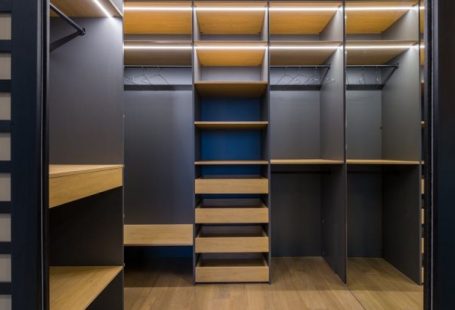Decluttering can be a daunting task for many people, as it often involves making tough decisions about what to keep and what to throw out. Whether you are looking to downsize, reorganize, or simply declutter your living space, knowing how to decide what to throw out is crucial in the process. With a few practical tips and strategies, you can make the decluttering process more manageable and effective.
Start by Assessing Your Needs
Before you begin decluttering, take some time to assess your needs and goals. Consider why you want to declutter and what you hope to achieve by doing so. Are you looking to create more space in your home, reduce clutter, or simply organize your belongings more effectively? By understanding your motivations, you can better prioritize your belongings and make more informed decisions about what to keep and what to discard.
Sort Items into Categories
One effective way to decide what to throw out is to sort your belongings into categories. This can help you see the full extent of your possessions and identify areas where you may have excess or duplicates. Common categories to consider include clothing, books, kitchen items, electronics, and sentimental items. By sorting your belongings into categories, you can more easily assess the quantity and quality of each category and determine what items are essential and what can be discarded.
Consider the KonMari Method
Made popular by organizing expert Marie Kondo, the KonMari method is a systematic approach to decluttering that involves assessing each item based on whether it sparks joy. According to Kondo, when deciding what to keep or throw out, you should hold each item in your hands and ask yourself if it brings you joy. If the answer is no, then it may be time to let go of that item. By focusing on the emotional connection you have with your belongings, you can make more mindful decisions about what to keep and what to discard.
Evaluate the Condition and Usefulness of Items
Another important factor to consider when deciding what to throw out is the condition and usefulness of the items. Take a close look at each item and assess whether it is in good condition, if it is still functional, and if it serves a purpose in your life. If an item is broken, damaged, or no longer needed, it may be time to let it go. Similarly, if you have items that you no longer use or that no longer serve a purpose, consider donating, selling, or discarding them.
Set Realistic Goals and Deadlines
To make the decluttering process more manageable, it can be helpful to set realistic goals and deadlines for yourself. Determine how much time you can dedicate to decluttering each day or week and set specific targets for each decluttering session. By breaking down the decluttering process into smaller, more manageable tasks, you can stay focused and motivated throughout the process. Additionally, setting deadlines for completing each task can help you stay on track and avoid procrastination.
Seek Support and Accountability
Decluttering can be a challenging and emotional process, so it’s important to seek support and accountability from friends, family, or professional organizers. Consider enlisting the help of a friend or family member to assist you with decluttering or hold you accountable for your decluttering goals. Having someone to provide encouragement, guidance, and feedback can make the decluttering process more enjoyable and effective.
Incorporate Sustainable Practices
When deciding what to throw out, it’s important to consider the environmental impact of your decisions. Instead of simply discarding items in the trash, consider recycling, donating, or repurposing items whenever possible. By incorporating sustainable practices into your decluttering process, you can reduce waste, support local charities, and minimize your carbon footprint.
Conclusion: Embrace the Benefits of Decluttering
Decluttering your living space can have numerous benefits, from creating a more organized and functional environment to reducing stress and improving your overall well-being. By following these practical tips and strategies for deciding what to throw out, you can make the decluttering process more manageable, effective, and rewarding. Remember to assess your needs, sort items into categories, consider the KonMari method, evaluate the condition and usefulness of items, set realistic goals and deadlines, seek support and accountability, and incorporate sustainable practices. By taking a thoughtful and intentional approach to decluttering, you can create a living space that is both comfortable and clutter-free.





